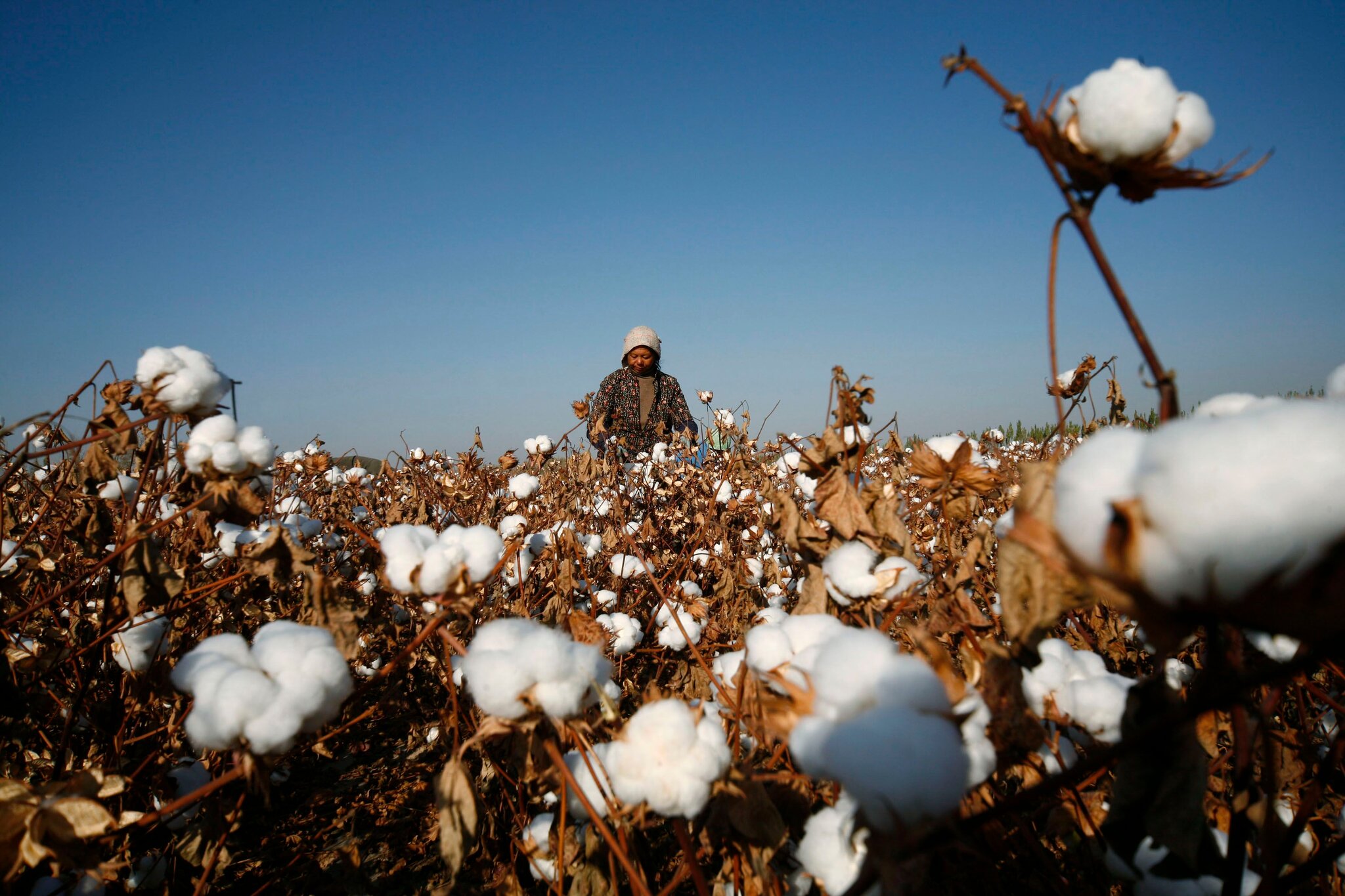Global cotton trade is anticipated to expand at a steady rate of 2.1 per cent per annum (p.a.) to 12.4 million tons by 2033, according to a report by the Organisation for Economic Cooperation and Development (OECD) and Food and Agriculture Organisation (FAO) of the United Nations.
Titled, 'OECD-FAO Agricultural Outlook 2024-2033,' the report reflects substantial increases in mill use of cotton in Asian countries, particularly Vietnam and Bangladesh, which rely almost entirely on cotton imports to support their burgeoning textiles sectors.
It further highlights, stagnant production growth rate in China will drive an increase in lint imports over the next decade. This will fulfill the demand of local mills and replenish state reserves. By 2033, raw cotton imports are projected to rise by 0.7 per cent p.a to reach 2.8 million tons. However, this growth would be modest compared to the over 3 per cent growth projected for Vietnam and Bangladesh.
The United States will maintain its position as the world’s largest cotton exporter throughout the outlook period. US exports are projected to hold a 31 per cent share of world cotton trade by 2033, translating to approximately 3.9 million tons.
Brazil’s cotton exports are also expected to grow robustly over the next decade, solidifying the country’s position as the second-largest exporter by 2033. Sub-Saharan Africa will follow, accounting for around 16 per cent of global cotton exports. Exports from this region are projected to continue growing at about 0.7 per cent p.a., with South and Southeast Asia being the primary export destinations.
The report further projects, international cotton prices in real terms will trend slightly downward in the medium term. This price trend will be influenced by competition from man-made fibers and changes in consumer preferences. Relative price competitiveness between these two types of fibers will not change drastically over the projection period, the report adds.












